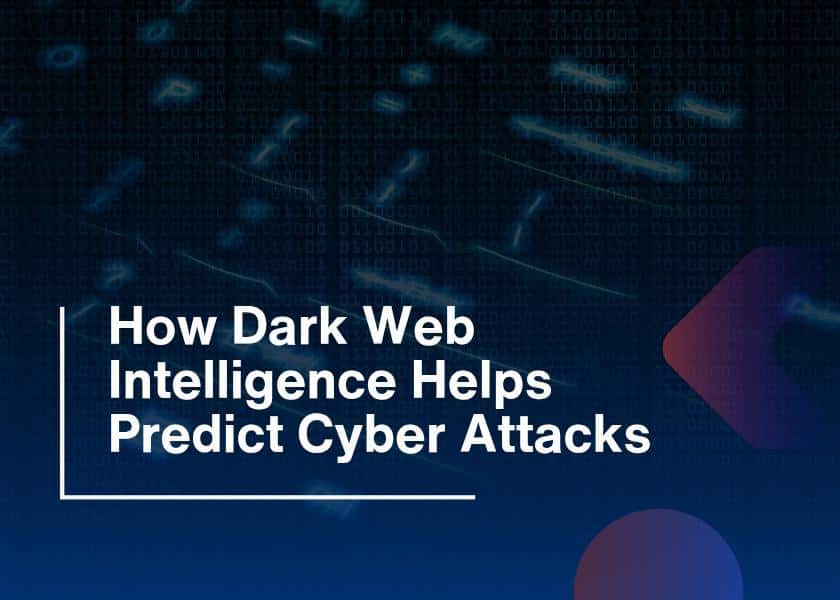In the dynamic landscape of cybersecurity, the ability to respond swiftly and effectively to security incidents is a cornerstone of a robust defense strategy. This blog post delves into the intricacies of Rapid Incident Response within a Security Operations Center (SOC), providing a comprehensive exploration of its definition, key components, the role of automation, challenges, and best practices for ensuring a rapid and resilient response to cyber threats.
What is Rapid Incident Response?
Rapid Incident Response in the Security Operations Center is a proactive and strategic approach to identifying, containing, and mitigating potential security incidents with utmost urgency. It involves a series of coordinated actions and processes aimed at minimizing the impact of a security event, restoring normal operations, and learning from the incident to enhance future response capabilities.
Key Components of Rapid Incident Response in the Security Operations Center
Incident Identification
Definition
Swiftly detecting and identifying potential security incidents within the network or system.
Benefit
Early identification is crucial for initiating a rapid response, minimizing potential damage, and safeguarding sensitive assets.
Incident Containment
Definition
Implementing measures to prevent the further spread of the incident and limit its impact.
Benefit
The SOC’s swift containment actions mitigate the potential escalation of the incident, preventing widespread damage and data loss.
Forensic Analysis
Definition
Conducting a detailed forensic analysis to understand the root cause, tactics, techniques, and procedures (TTPs) employed by the threat actor.
Benefit
The SOC’s in-depth forensic analysis enhances future incident response capabilities, enabling a proactive defense against similar threats.
Incident Eradication
Definition
Permanently removing the threat actor from the network or system.
Benefit
The SOC’s decisive eradication efforts ensure a thorough removal of malicious elements, preventing recurrent incidents.
Incident Recovery
Definition
Restoring affected systems and services to normal operations.
Benefit
The SOC’s oversight of the recovery process ensures a secure restoration, minimizing downtime and maintaining business continuity.
The Role of Automation in Rapid Incident Response
In the context of Rapid Incident Response, automation plays a pivotal role in expediting crucial tasks and enabling a more efficient response. Automation can be applied to:
Alert Triage
Automate the initial triage of alerts to quickly identify false positives and prioritize alerts that require immediate attention.
Benefit
Automated alert triage accelerates the SOC’s ability to focus on critical alerts, reducing response times and minimizing false alarms.
Orchestration of Response Actions
Automate response actions based on predefined playbooks, allowing for a faster and more consistent reaction to known types of incidents.
Benefit
Automated response orchestration ensures a standardized and rapid reaction to common incidents, improving overall response efficiency.
Threat Intelligence Integration
Automatically integrate real-time threat intelligence to enhance context and aid in decision-making during the incident response process.
Benefit
Automated threat intelligence integration provides up-to-date information, empowering the SOC to make informed decisions in real-time.
Forensic Data Collection
Automate the collection of forensic data, streamlining the process of gathering critical information for analysis.
Benefit
Automated forensic data collection reduces the time needed to gather crucial evidence, expediting the analysis phase of incident response.
Incident Reporting
Automate the generation of incident reports to provide a comprehensive overview of the incident, aiding in post-incident analysis and documentation.
Benefit
Automated incident reporting ensures thorough documentation, facilitating post-incident analysis and compliance requirements.
Challenges in Achieving Rapid Incident Response
While Rapid Incident Response is crucial, several challenges may impede its effectiveness. Addressing these challenges is key to ensuring a swift and efficient response
Complexity of Networks
Large and intricate network infrastructures can pose challenges in swiftly identifying and containing incidents.
Benefit
The SOC’s expertise in navigating complex networks enhances its ability to quickly pinpoint and isolate security incidents.
Volume of Alerts
The sheer volume of security alerts can overwhelm SOC teams, leading to delays in incident identification and response.
Benefit
Automation and advanced tools in the SOC streamline alert processing, ensuring that critical alerts are prioritized and addressed promptly.
Skill Shortages
Shortages in skilled cybersecurity professionals can hinder the ability to orchestrate a rapid and effective incident response.
Benefit
Continuous training programs and collaboration with external expertise enhance the SOC’s skill set, ensuring a proficient and adaptable response team.
Integration of Tools
Lack of integration among security tools and technologies can impede the automation and orchestration of response actions.
Benefit
The SOC’s commitment to integrating and optimizing tools enhances overall efficiency, ensuring a cohesive and automated incident response process.
Best Practices for Achieving Rapid Incident Response
To overcome challenges and enhance the effectiveness of Rapid Incident Response in the Security Operations Center, organizations should consider the following best practices
Invest in Automation Technologies
Embrace automation technologies to streamline routine tasks, allowing SOC teams to focus on more complex aspects of incident response.
Benefit
Automation reduces response times, enabling the SOC to address incidents with greater speed and efficiency.
Continuous Training and Skill Development
Provide ongoing training for SOC professionals to ensure they are well-equipped to handle evolving threats and technologies.
Benefit
A highly skilled and continuously trained SOC team is more adept at executing rapid incident response strategies.
Collaboration and Communication
Foster collaboration and effective communication among different teams within the organization to facilitate a coordinated response.
Benefit
Seamless collaboration ensures a unified response effort, reducing delays and enhancing overall response effectiveness.
Regular Drills and Simulations
Conduct regular incident response drills and simulations to test the effectiveness of response plans and identify areas for improvement.
Benefit
Drills and simulations provide real-world scenarios, allowing the SOC to refine response strategies and optimize coordination.
Threat Intelligence Sharing
Actively participate in threat intelligence sharing communities to stay informed about emerging threats and enhance incident response capabilities.
Benefit
Access to timely threat intelligence improves the SOC’s ability to anticipate and respond rapidly to evolving cyber threats.
Conclusion
Rapid Incident Response in the Security Operations Center is not just a reactive measure; it is a proactive strategy aimed at minimizing the impact of security incidents and ensuring a fortified cyber resilience. The SOC’s dedication to swift identification, containment, forensic analysis, eradication, and recovery positions the organization to respond effectively to the evolving threat landscape. By leveraging automation, addressing challenges, and implementing best practices, the SOC becomes a pivotal force in securing digital assets and maintaining the integrity of an organization’s operations. In embracing rapid incident response, the Security Operations Center stands as a frontline defender, ready to safeguard against cyber threats and uphold the resilience of the digital enterprise.





